Are you ready to embark on your language learning journey but can’t decide which app to use? Babbel, Duolingo, and Memrise are three popular choices, each with unique features and approaches to help you master a new language. This guide compares these top language learning apps to help you pick the best one for your needs.
Features Comparison
Learning a new language has never been easier, thanks to the rise of language learning apps. Babbel, Duolingo, and Memrise have become household names in the world of digital language education. Each app offers a unique approach to language learning, catering to different learning styles and goals.
Babbel’s Unique Offerings
Babbel stands out with its focus on practical, conversational language skills. The app uses real-life scenarios to teach vocabulary and grammar, making it easier for learners to apply their knowledge in everyday situations.
Key features:
- Conversation-based lessons
- Cultural tips integrated into lessons
- Speech recognition technology
Duolingo’s Gamified Approach
Duolingo has made a name for itself with its gamified learning experience. The app turns language learning into a fun, engaging activity that keeps users coming back for more.
Standout features:
- Skill tree progression system
- Streak rewards for consistent practice
- Competitive leaderboards
Memrise’s Multimedia Learning
Memrise takes a different route by emphasizing multimedia content and mnemonic techniques. The app uses videos of native speakers and memory tricks to help learners retain new vocabulary and phrases.
Notable features:
- Video clips of native speakers
- User-generated mnemonic devices
- Adaptive learning algorithm
Language Options
Babbel’s Language Selection
Babbel offers courses in 14 languages, including:
- Spanish
- French
- German
- Italian
- Portuguese
While the selection is smaller compared to some competitors, Babbel focuses on quality over quantity, providing in-depth courses for each language.
Duolingo’s Extensive Catalog
Duolingo boasts an impressive array of language courses, with over 30 languages available. Some unique offerings include:
- High Valyrian (from Game of Thrones)
- Klingon (from Star Trek)
- Hawaiian
This wide selection makes Duolingo a great choice for learners interested in less common languages.
Memrise’s Language Variety
Memrise falls between Babbel and Duolingo in terms of language options, offering courses in about 22 languages. The app also features user-created courses for niche topics and dialects.
Learning Methods
Babbel’s Structured Lessons
Babbel uses a curriculum-based approach, with lessons building upon each other. This structured method helps learners progress systematically through the language.
Lesson structure:
- Introduction of new concepts
- Practice exercises
- Review of previously learned material
Duolingo’s Bite-sized Exercises
Duolingo breaks down language learning into short, manageable exercises. This approach is perfect for busy learners who want to practice in short bursts throughout the day.
Exercise types:
- Translation tasks
- Listening comprehension
- Speaking practice
Memrise’s Flashcard System
Memrise relies heavily on a flashcard-based system, using spaced repetition to help learners memorize new words and phrases. This method is particularly effective for building vocabulary quickly.
Grammar Focus
Babbel’s Grammar Instruction
Babbel integrates grammar lessons seamlessly into its curriculum. The app provides clear explanations and examples, helping learners understand the structure of their target language.
Grammar teaching methods:
- Contextual examples
- Interactive exercises
- Review sessions
Duolingo’s Implicit Grammar Learning
Duolingo takes a more implicit approach to grammar, introducing concepts through example sentences and practice. While this method works well for some learners, others might find it lacking in explicit explanations.
Memrise’s Grammar Coverage
Memrise primarily focuses on vocabulary acquisition, with less emphasis on grammar. However, the app does include some grammar lessons and explanations within its courses.
Vocabulary Building
Babbel’s Contextual Vocabulary
Babbel introduces new vocabulary in context, helping learners understand how to use words in real-life situations. This approach aids in both memorization and practical application of new terms.
Vocabulary learning features:
- Thematic lessons
- Contextual examples
- Review exercises
Duolingo’s Spaced Repetition
Duolingo uses a spaced repetition system to reinforce vocabulary over time. The app tracks which words you struggle with and presents them more frequently to aid retention.
Vocabulary practice methods:
- Multiple-choice questions
- Translation exercises
- Matching activities
Memrise’s Mnemonic Techniques
Memrise stands out with its use of mnemonic devices to help learners remember new words. The app encourages users to create and share their own memory aids, making vocabulary acquisition more engaging and personalized.
Speaking Practice
Babbel’s Conversation-based Approach
Babbel places a strong emphasis on speaking skills, with conversation practice integrated throughout its lessons. The app’s speech recognition technology provides feedback on pronunciation, helping learners improve their accent.
Speaking practice features:
- Dialogue exercises
- Pronunciation drills
- Role-playing scenarios
Duolingo’s Speaking Exercises
Duolingo includes speaking exercises in its lessons, though they are less prominent than in Babbel. Users can practice pronunciation through listen-and-repeat exercises and short sentence translations.
Memrise’s Pronunciation Focus
Memrise uses video clips of native speakers to help learners master pronunciation. The app also includes speaking exercises to reinforce proper pronunciation of new vocabulary.
User Interface and Experience
Babbel’s Clean Design
Babbel features a clean, straightforward interface that’s easy to navigate. The app’s design focuses on functionality, with a clear progression path through lessons.
UI highlights:
- Intuitive lesson navigation
- Progress tracking dashboard
- Minimalist design
Duolingo’s Engaging Interface
Duolingo’s colorful, cartoon-style interface is designed to be fun and engaging. The app’s gamified elements, such as the skill tree and reward system, keep users motivated to continue learning.
Engaging UI elements:
- Animated characters
- Visual skill tree
- Achievement badges
Memrise’s Intuitive Navigation
Memrise offers a user-friendly interface with easy access to courses and learning materials. The app’s design emphasizes visual learning, with images and videos prominently featured.
Pricing and Plans
Babbel’s Subscription Options
Babbel operates on a subscription model, with several plans available:
- Monthly: $17.95/month
- Quarterly: $15.25/month
- Semi-annually: $50.70 ($8.45/month)
- Annually: $83.40 ($6.95/month)
The app occasionally offers discounts and promotions for new subscribers.
Duolingo’s Freemium Model
Duolingo is primarily free to use, with an optional premium subscription called Duolingo Plus:
- Free version: Ad-supported, with all core features available
- Duolingo Plus: $6.99/month, offering ad-free experience and additional features
Memrise’s Pricing Structure
Memrise offers both free and premium options:
- Free version: Access to user-generated courses and basic features
- Premium: $23/month or $90/year, unlocking all official courses and additional learning tools
Effectiveness and Results
Babbel’s Real-world Application
Babbel’s focus on practical, conversational language skills makes it effective for learners who want to quickly start using their new language in real-life situations. The app claims that 73% of users could have a short, simple conversation in their new language within five hours of using Babbel.
Duolingo’s Progress Tracking
Duolingo’s gamified approach keeps users engaged and motivated, leading to consistent practice. The app’s progress tracking system allows learners to see their improvement over time, reinforcing their commitment to learning.
Memrise’s Long-term Retention
Memrise’s use of mnemonic techniques and spaced repetition is designed to improve long-term retention of vocabulary and phrases. The app’s multimedia approach caters to various learning styles, potentially leading to better overall language acquisition.
Community and Support
Babbel’s Customer Service
Babbel offers customer support through email and an extensive FAQ section. The app also provides a community forum where users can discuss language learning and seek advice.
Duolingo’s Social Features
Duolingo incorporates social elements to enhance the learning experience:
- Friends leaderboard
- Clubs for group learning
- Discussion forums for each lesson
These features create a sense of community and friendly competition among learners.
Memrise’s User-generated Content
Memrise stands out with its emphasis on user-generated content. Learners can create and share their own courses, mnemonic devices, and learning materials, fostering a collaborative learning environment.
Mobile vs Desktop Experience
Babbel’s Cross-platform Consistency
Babbel offers a consistent experience across mobile and desktop platforms. Learners can seamlessly switch between devices, with progress syncing automatically.
Duolingo’s Mobile-first Approach
While Duolingo is available on both mobile and desktop, the app is primarily designed for mobile use. The mobile version offers a more complete and engaging experience compared to the desktop version.
Memrise’s Device Optimization
Memrise provides a well-optimized experience on both mobile and desktop platforms. The app’s design adapts to different screen sizes, ensuring a smooth learning experience regardless of the device used.
Pros and Cons
Babbel’s Strengths and Weaknesses
Pros:
- Focus on practical, conversational skills
- Structured curriculum with clear progression
- Integrated grammar instruction
Cons:
- Limited language options compared to competitors
- Subscription required for full access
- Less gamification than some users might prefer
Duolingo’s Advantages and Drawbacks
Pros:
- Free to use with a wide range of languages
- Gamified approach keeps learners engaged
- Social features for motivation and community support
Cons:
- Less focus on conversational skills
- Implicit grammar instruction may not suit all learners
- Ads in the free version can be distracting
Memrise’s Benefits and Limitations
Pros:
- Effective mnemonics for vocabulary retention
- User-generated content for niche topics
- Multimedia approach with native speaker videos
Cons:
- Less emphasis on grammar instruction
- Limited speaking practice compared to Babbel
- Some features locked behind premium subscription
Which App is Right for You?
For Serious Language Learners
If you’re committed to achieving fluency and want a structured approach, Babbel might be your best choice. Its focus on practical skills and integrated grammar instruction provides a solid foundation for language mastery.
For Casual Learners
Duolingo’s gamified approach and free access make it ideal for casual learners or those just starting their language journey. The app’s bite-sized lessons and engaging interface can help build a consistent learning habit.
For Visual Learners
Memrise’s multimedia content and mnemonic techniques make it an excellent choice for visual learners. The app’s focus on vocabulary acquisition can help quickly build a strong word bank in your target language.
Conclusion
Choosing between Babbel, Duolingo, and Memrise depends on your learning style, goals, and budget. Each app offers unique features and approaches to language learning, catering to different needs and preferences.
Babbel shines in its practical, conversation-focused approach and structured curriculum. Duolingo stands out with its gamified learning experience and extensive language options. Memrise excels in vocabulary acquisition through mnemonic techniques and user-generated content.
Consider trying out each app’s free version or trial period to see which one resonates best with your learning style!

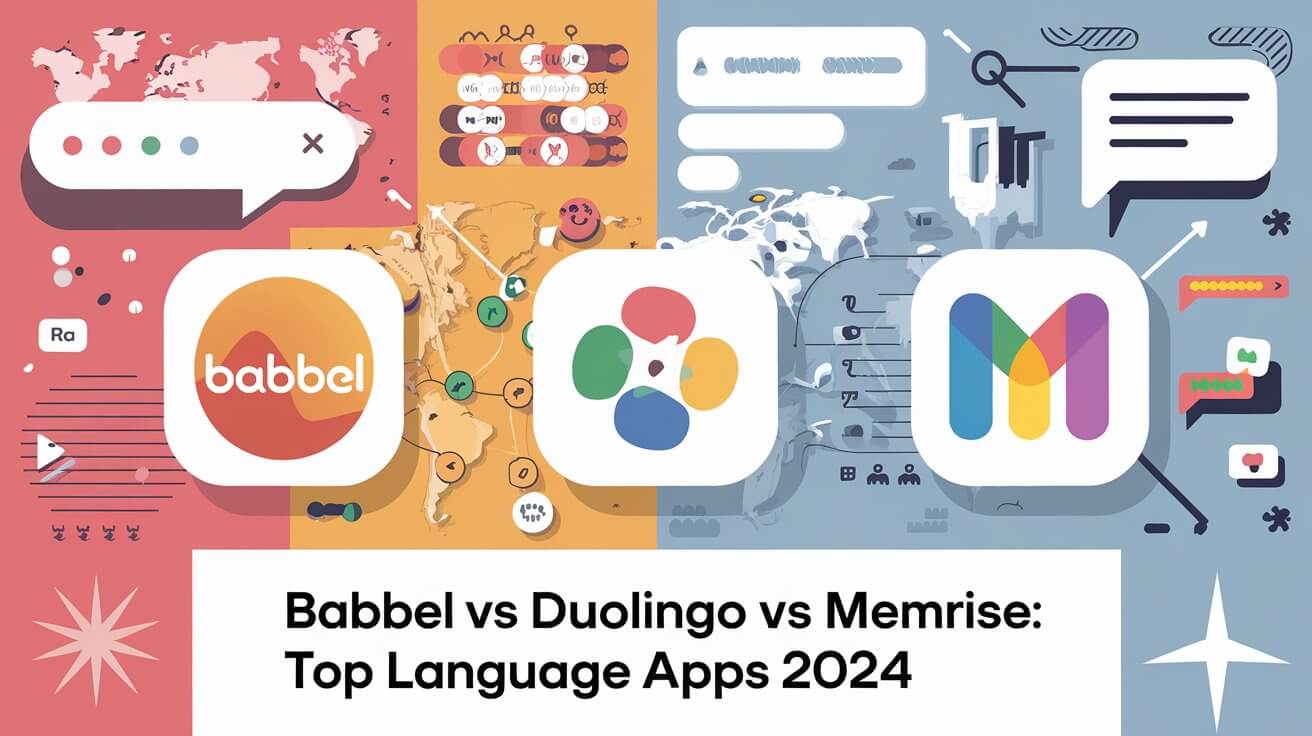


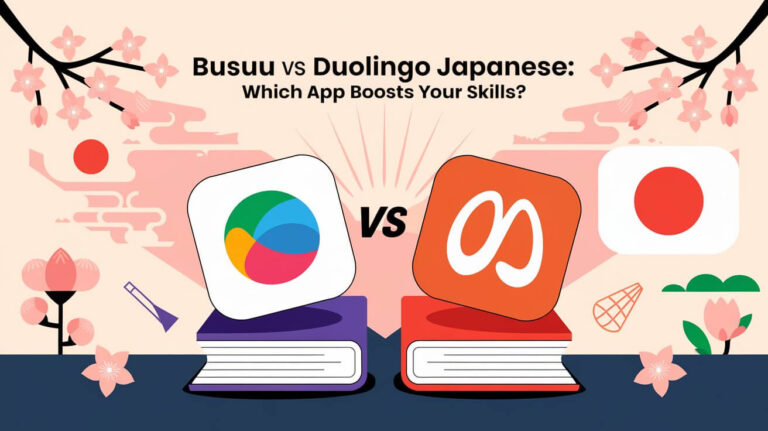
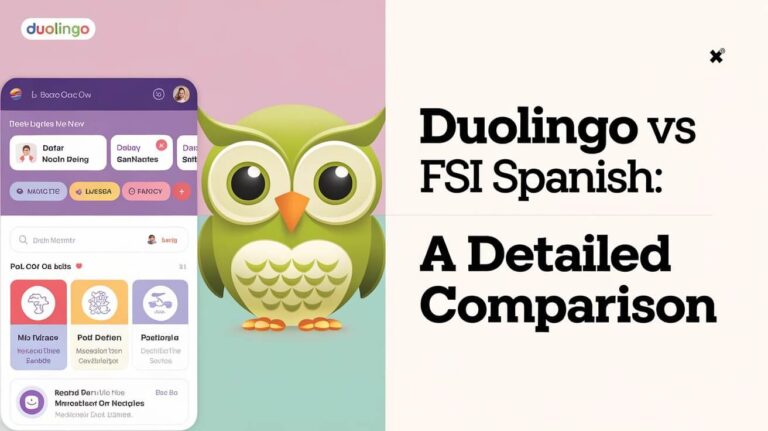
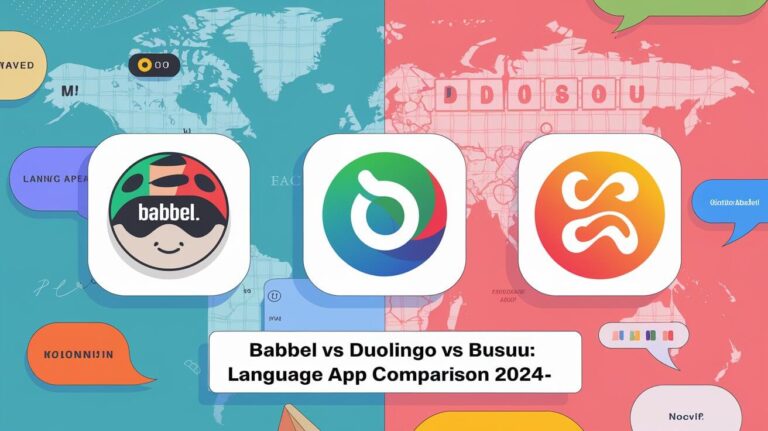
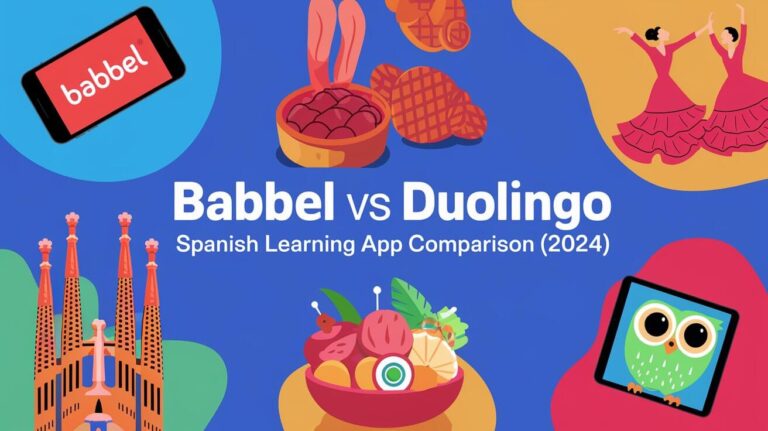
I find it quite interesting that the article mentions Duolingo’s 2025 pricing as $6.99/month, when I am currently being charged $12.99 monthly for Super Duolingo. Has anyone else noticed significant price variations depending on when they subscribed or perhaps which region they’re in? It seems their pricing model is not as straightforward as indicated here.
omg yes!!! i signed up last month and they charged me 9.99! then my sister got it for $7.99 literally a week later 😡 i think they do this thing called “dynamic pricing” where they show different prices to different people. super shady if u ask me. btw i’m in canada so maybe thats why its different from the article? anyway i switched to the annual plan which saved me some $
in the end. duolingo still worth it for me but i dont like how they play games with the pricing tbh
Does anyone know which of these is best for Asian languages like Japanese? The article doesn’t really go into depth about which platforms handle non-Latin alphabets better. I tried Duolingo for Japanese but the kanji learning feels inadequate.
As someone who’s studied Japanese for 3+ years, I’d actually recommend LingoDeer over any of these three for Japanese specifically. But if I had to choose from these, Memrise handles Japanese better than Duolingo b/c of the native speaker videos & better writing practice. Babbel doesn’t even offer Japanese! Article should’ve mentioned that Duolingo’s strength is European languages mostly. For kanji specifically, try WaniKani as a supplement. Good luck with your studies!
This article is missing very important point! For us who are not native English speakers, Duolingo is not so good option because we must learn through English. Babbel let me learn German from my native Spanish! This make huge difference for understanding grammar concepts. Why nobody talk about this??
Hey Maria, you brought up something super important! I totally forgot about that advantage with Babbel. You’re right that learning a third language through your second language can get really confusing. I actually started learning Italian with Duolingo (as an English speaker) but hit a wall with some concepts. Switched to Memrise because their video clips helped me understand without needing perfect English explanations. Maybe the article could add a section about language pairing options? Thx for pointing this out!
guys ive tried all 3 of these apps n honestly duolingo is best for me cuz its free and i can just do it whenever. memrise was ok but got boring after a week lol. babbel is prolly good for serious peeps but im just tryna learn basic spanish for my trip this summer!! anyone else just use duolingo??
I respectfully disagree with your assessment. While Duolingo certainly has its merits for casual learning, I found Babbel to be vastly superior for practical conversation skills. You mentioned you’re learning for travel – in my experience, Babbel’s focus on travel-related phrases and cultural context would serve you better than Duolingo’s somewhat random vocabulary. However, I understand the price difference is significant. Perhaps try Babbel’s one-month subscription before your trip to supplement what you’ve learned on Duolingo?